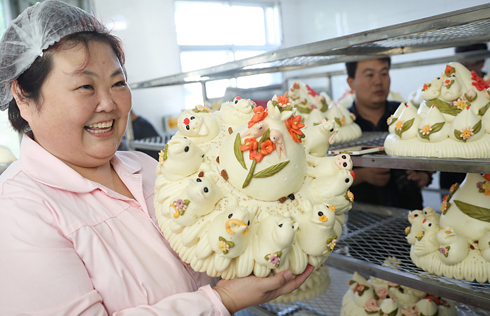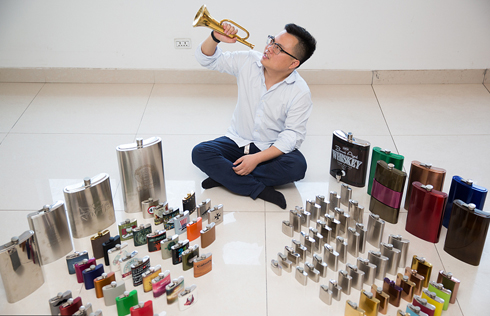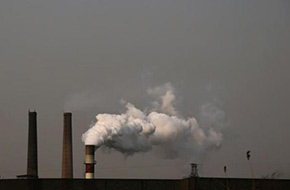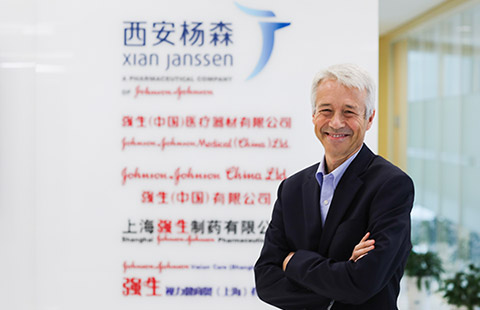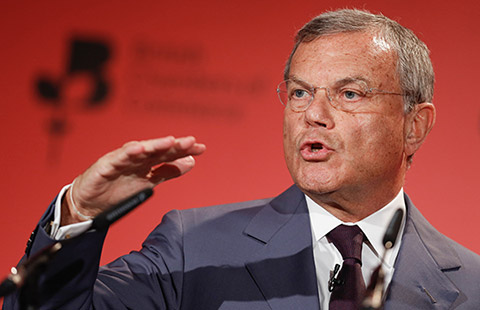Place reform on the agenda, expert says
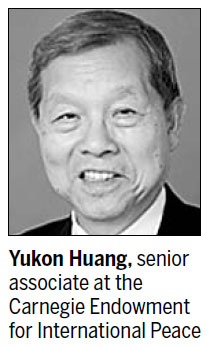
Seven percent is a reasonable GDP growth rate for the Chinese economy, which would give room for institutional reform, said Yukon Huang, a senior associate at the Carnegie Endowment for International Peace.
"I think the government is quite right to say our target growth rate for this decade is 7 percent, not 8 percent. They can be a bit relaxed right now because the economy is actually growing at 7.7 to 7.8 percent," Huang said.
"My view is the growth will still go down but it (the central government) can be relaxed because the floor is 7. In the past, the floor was not meaningful. China always grew well above the floor. Now the floor is becoming more meaningful," he added.
Huang, who was the World Bank's country director for China from 1997 to 2004, said monetary expansion is not going to solve China's economic problems, given the recent contradiction between the surge in money supply and sluggish economic growth.
"The banks are flush with funds. Lots of successful companies have a lot of internal earnings. They don't really need to borrow for industrial expansion. The inventory levels in China are relatively high and companies do not feel an urgent need to expand capacity. Some people do want to borrow for property speculation but the government is trying to control that," he said in an explanation of the reasons behind the dampened credit demand.
In addition, China's local governments are financially under strain because they spent too much in the previous stimulus program. Property credit and investment is also restricted so the credit expansion did not generate many other activities, said Huang.
By the end of May, China's broad money supply (M2) grew by 15.8 percent over a year ago to reach 104.21 trillion yuan ($17 trillion), or 200 percent of GDP. However, GDP growth eased to 7.7 percent in the first quarter and is expected to remain relatively weak in the second quarter.
"What does it tell the government? Monetary expansion is not going to solve the problem. I think the government is quite correct to put reform issues on the agenda, including an overhaul of the financial system, hukou (household registration) system reform, urbanization and the liberalization and streamlining of administrative procedures," he said.
"But the problem is, will the reform have a short-term effect on the economy? If structural reform is beneficial to medium and long-term growth, how soon will it take effect?" he asked.
In answer to the question, he said first it should be recognized that the Chinese economy is a maturing economy and therefore growth must moderate.
"If you look at the two economies of South Korea and Taiwan, they all slowed down when they joined the high-income club. So the slowdown of the Chinese economy is not a problem. The real question is, how fast should China need to grow to achieve high-income status?" he asked.
"Of course the government doesn't want to slow down prematurely. China needs to grow 7 to 8 percent for the rest of this decade. Then it can afford to grow at 5 to 6 percent from 2020 to 2030. Then it would become a high-income nation and the largest economy in the world."






